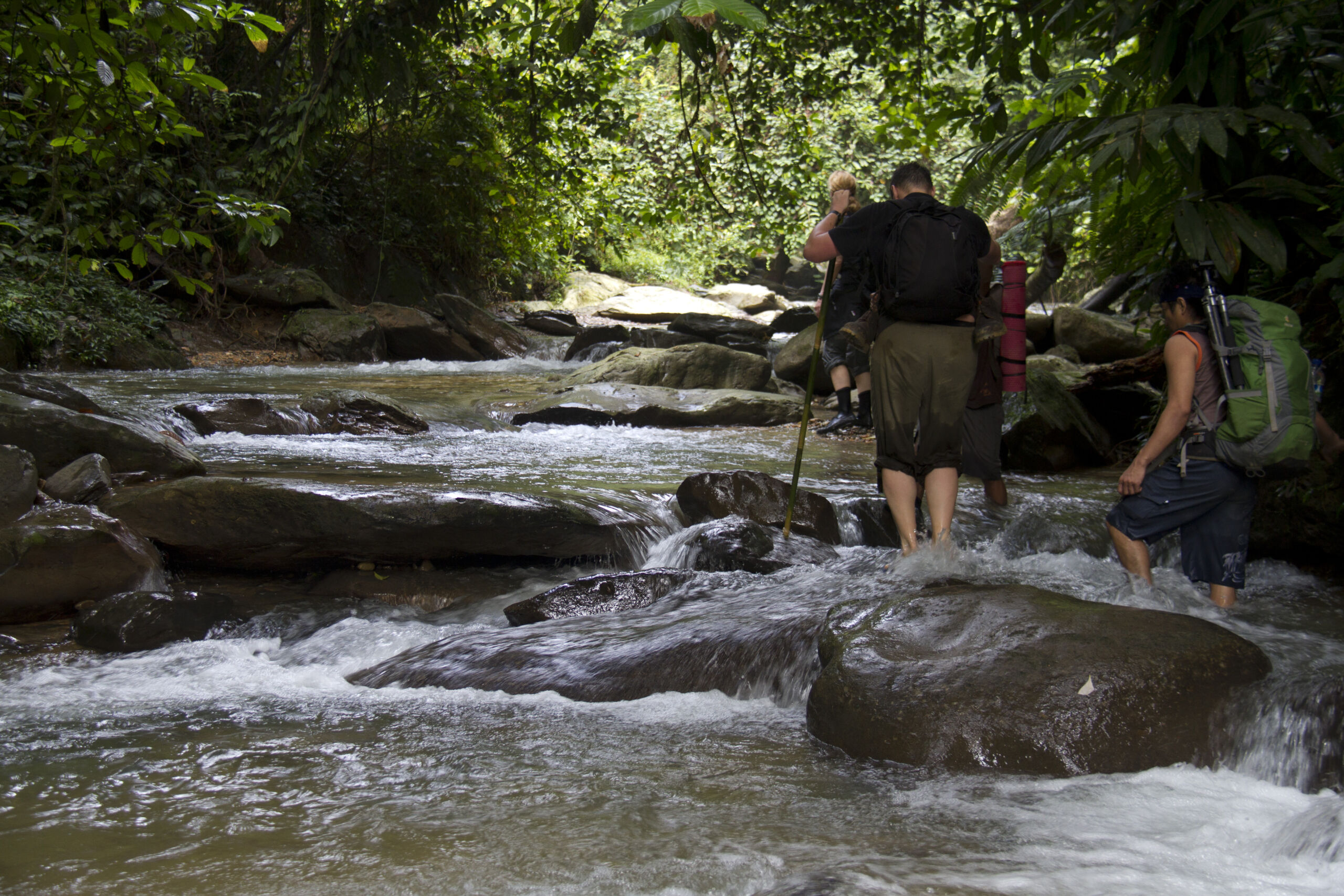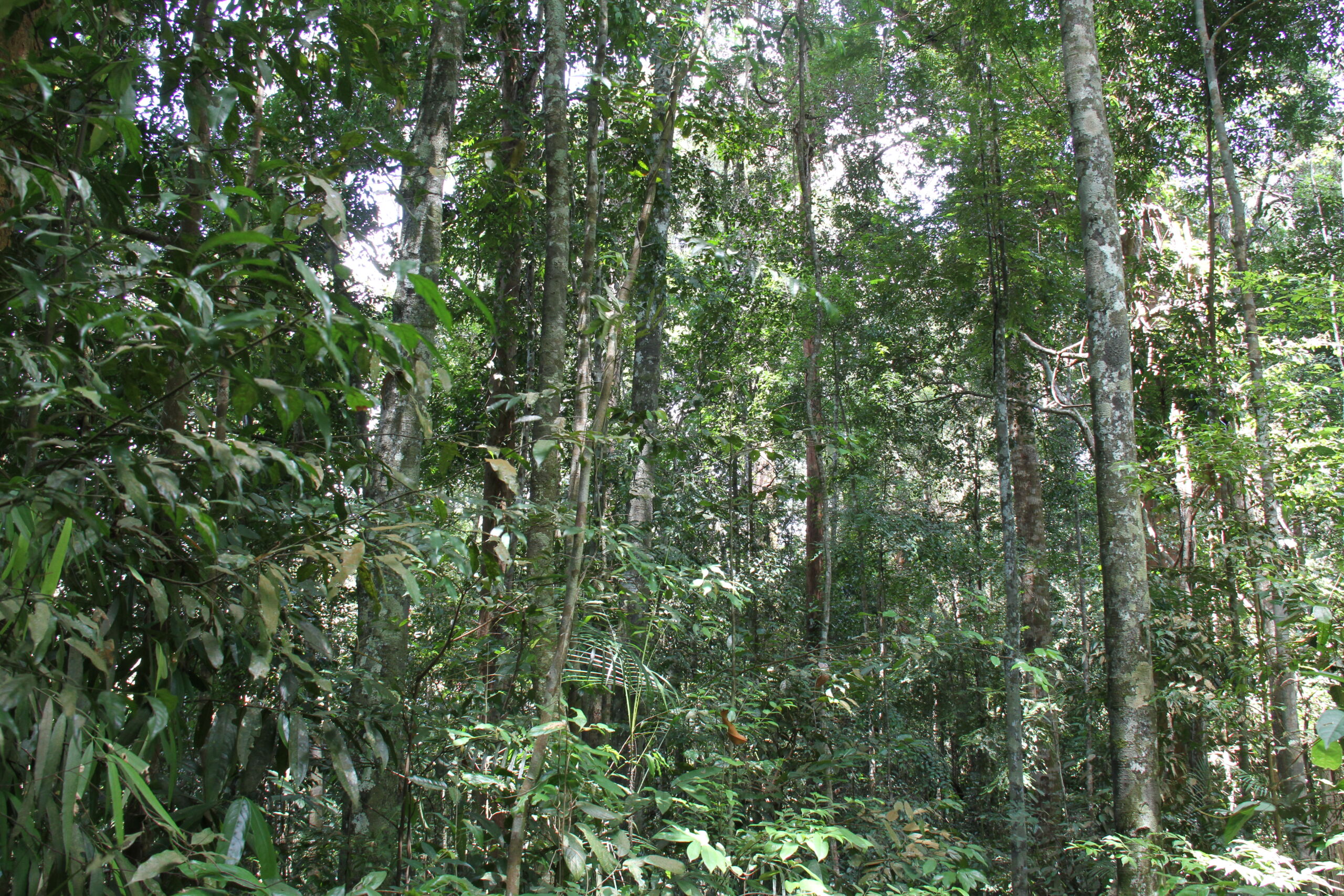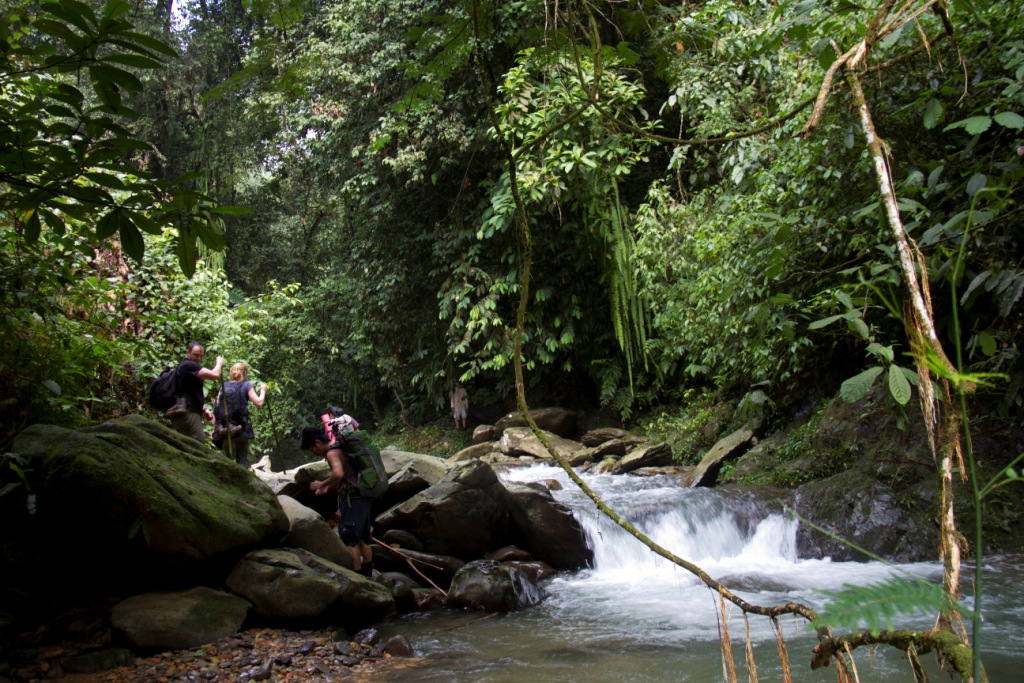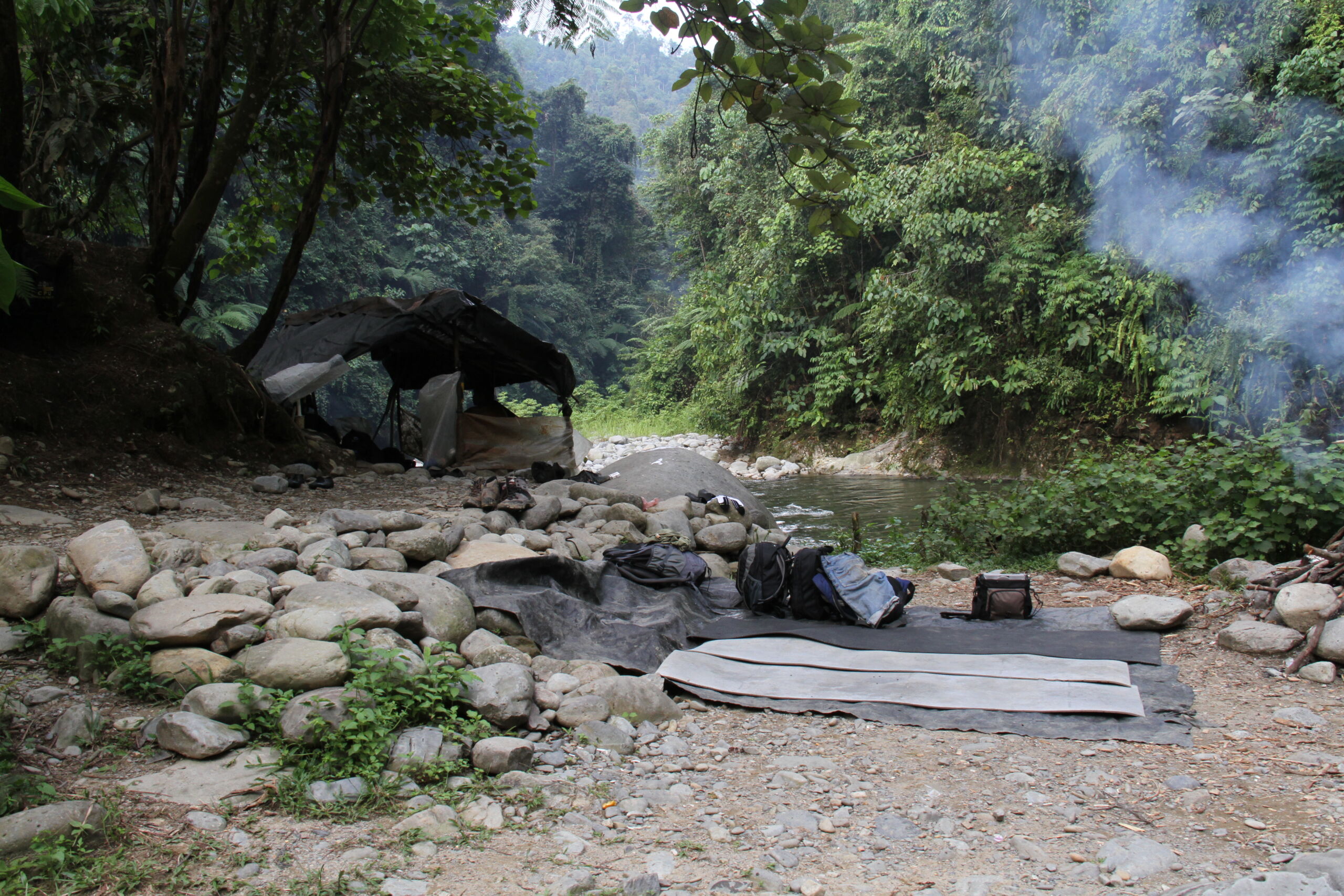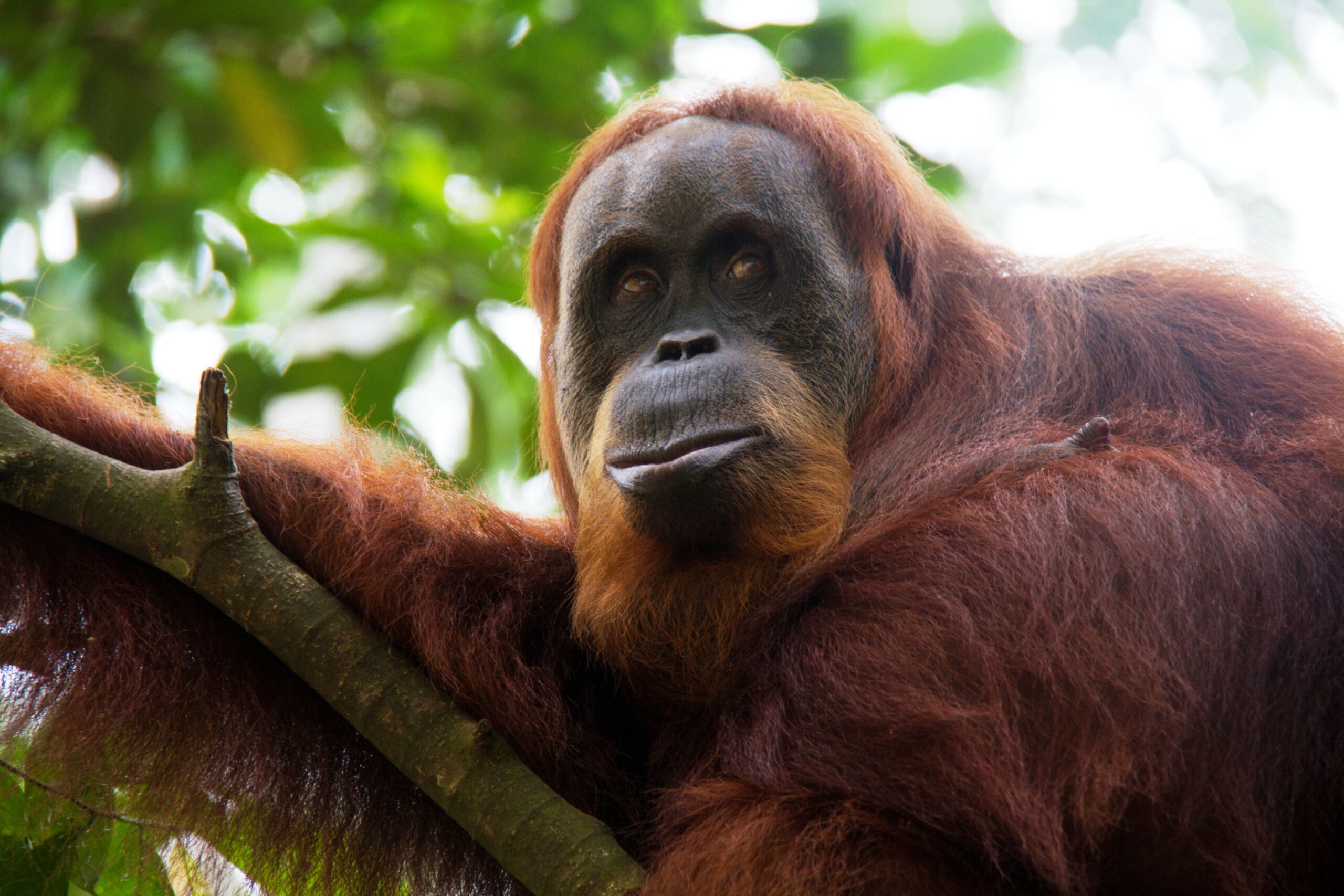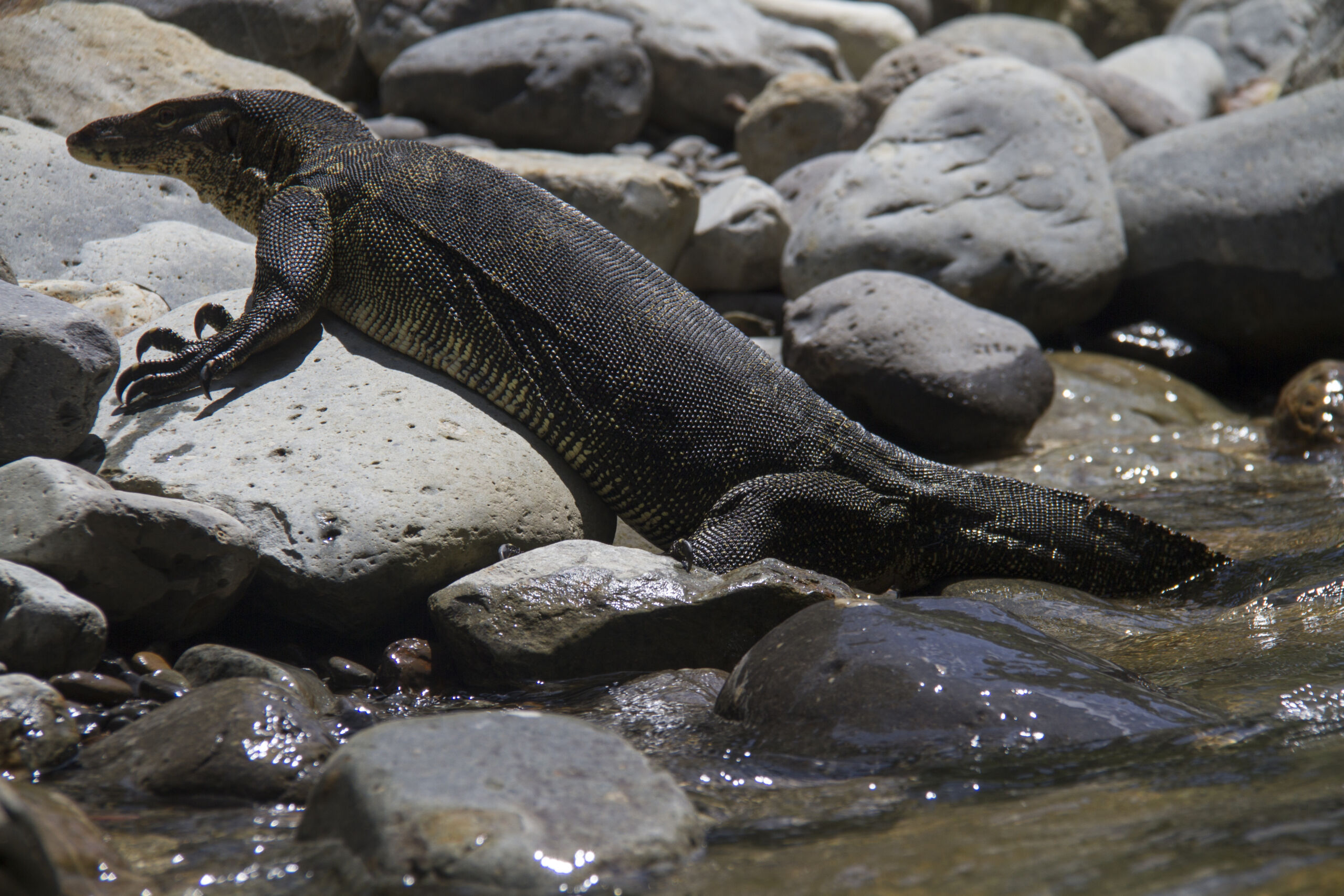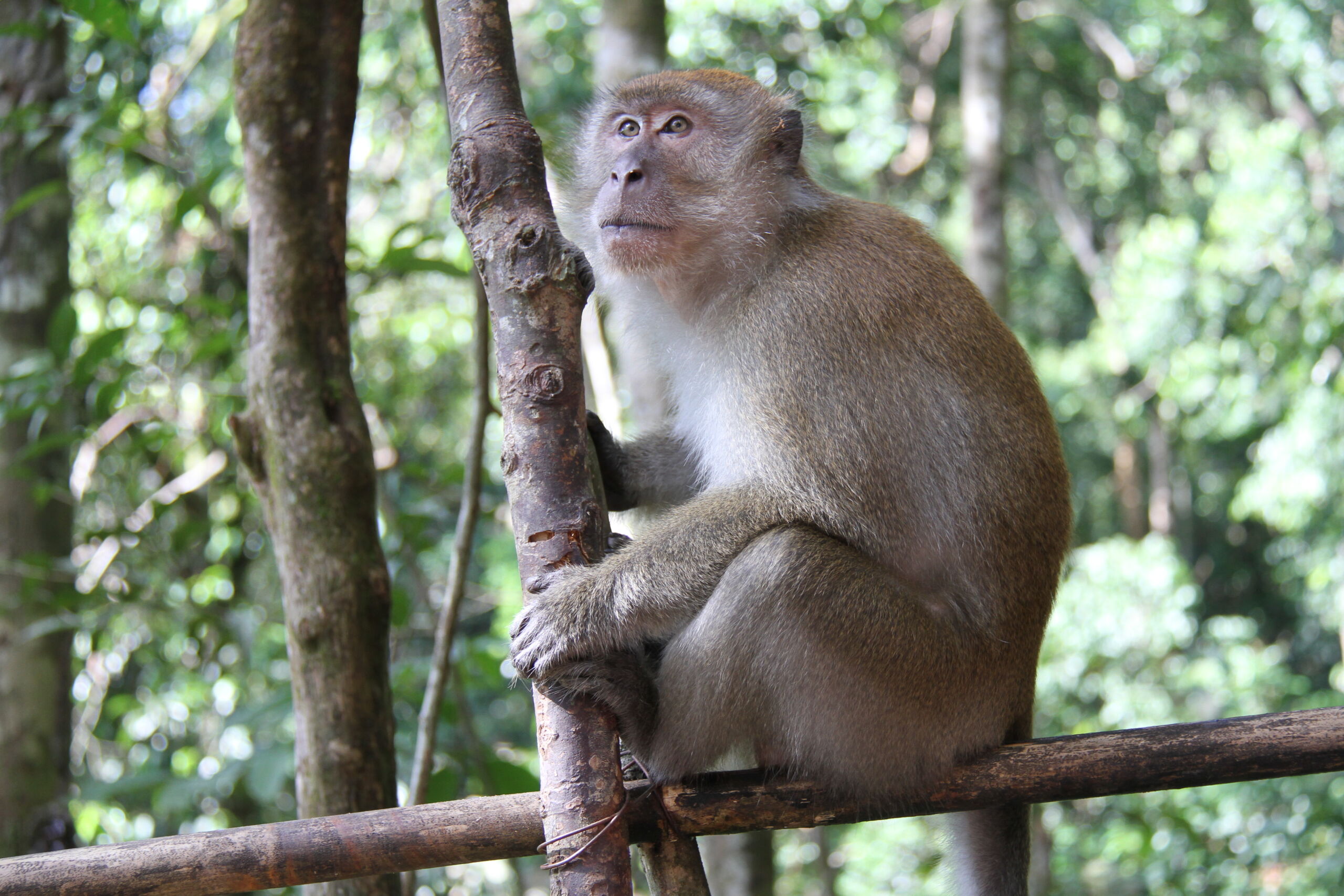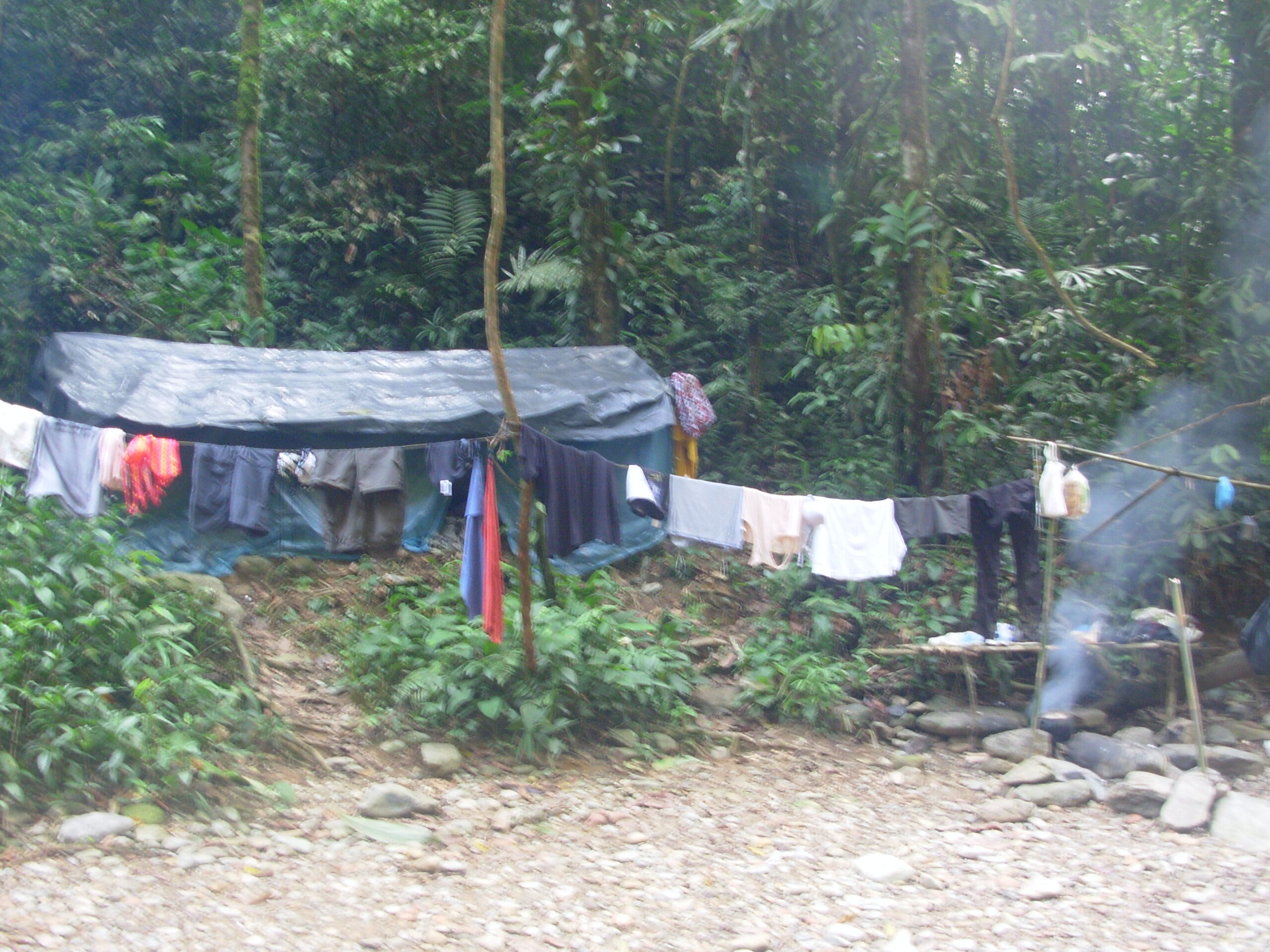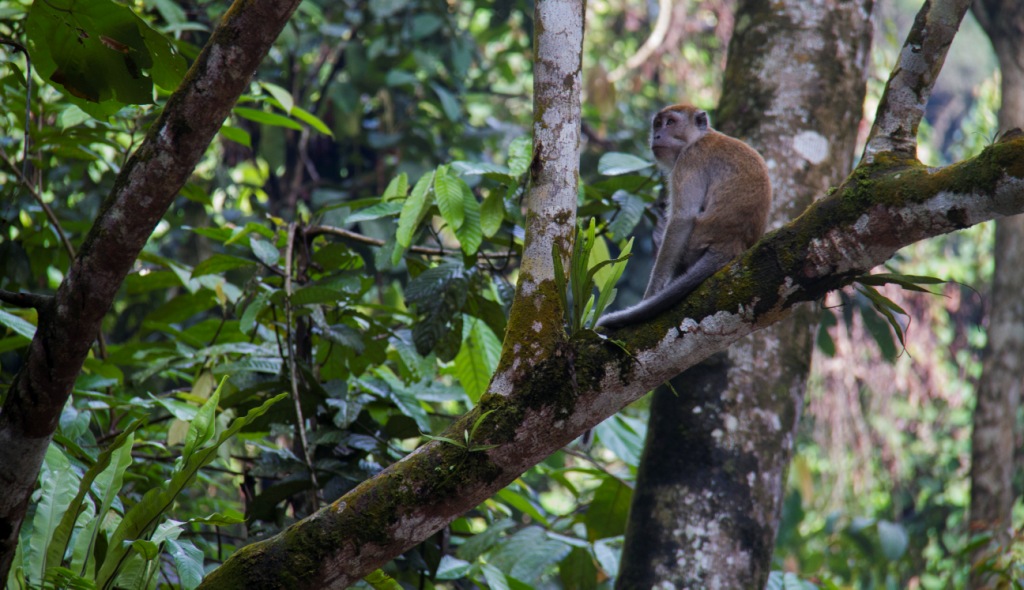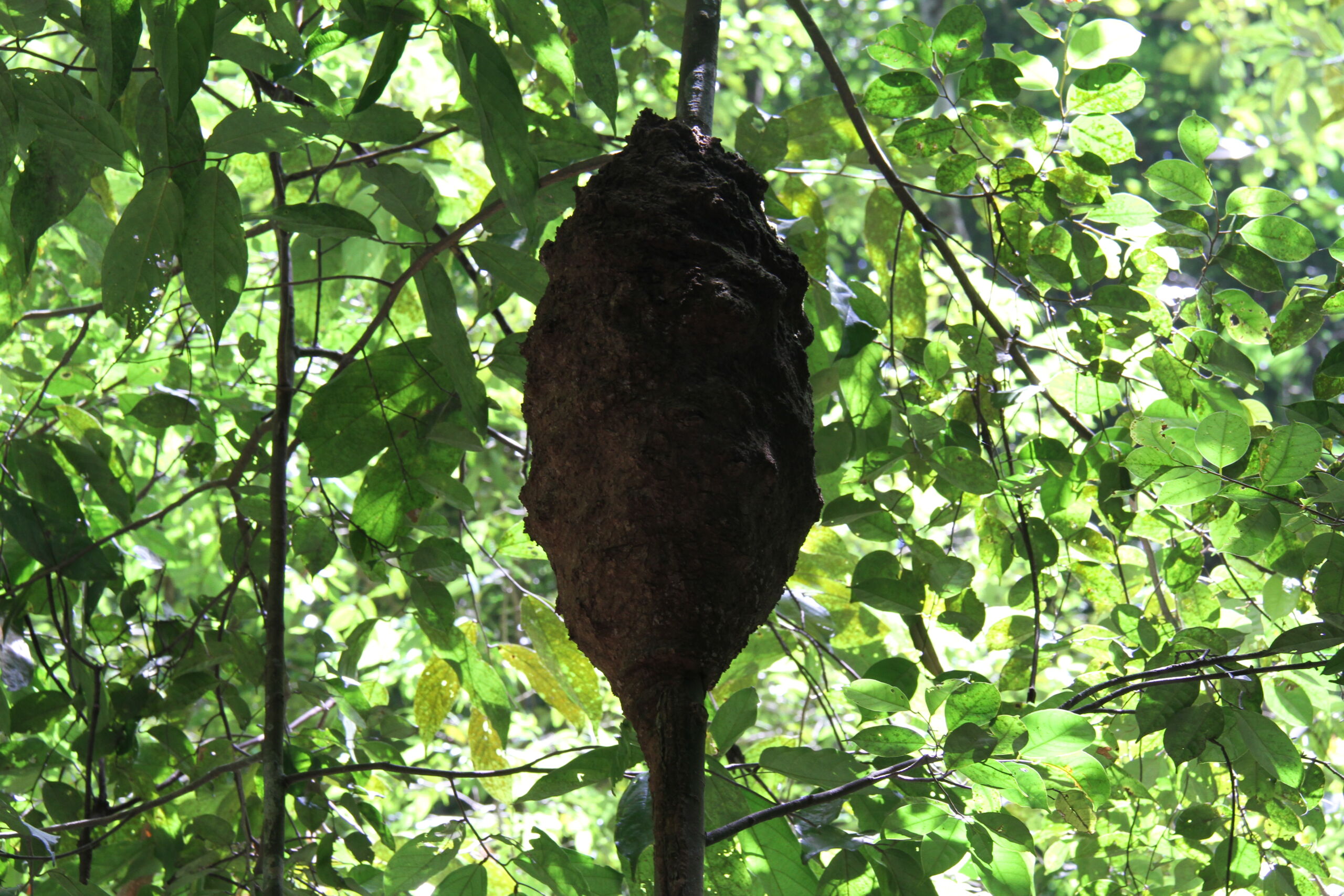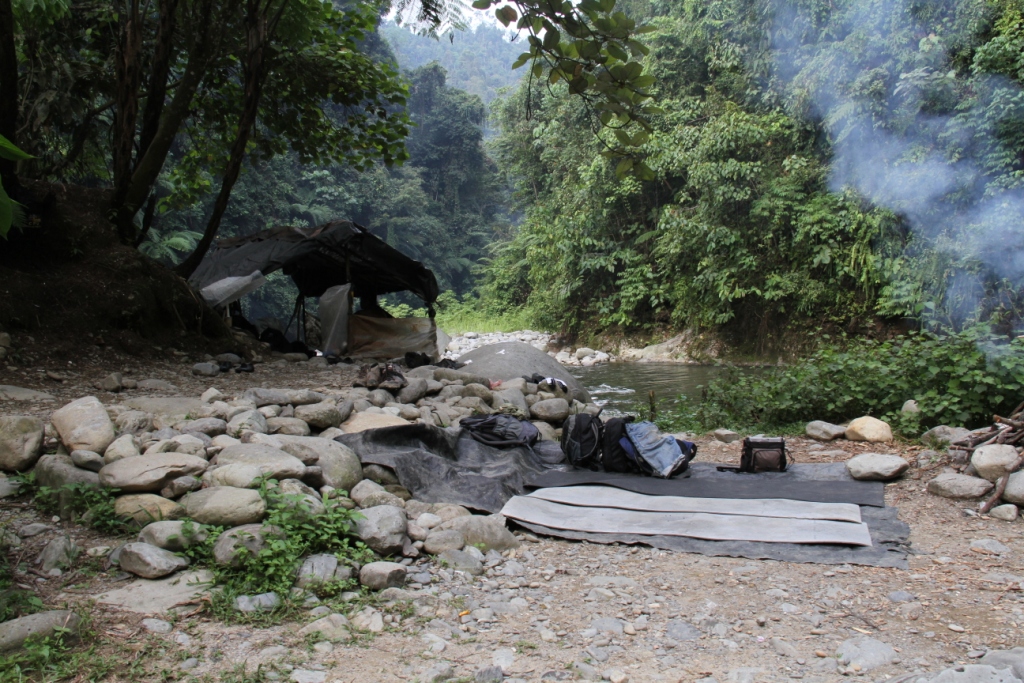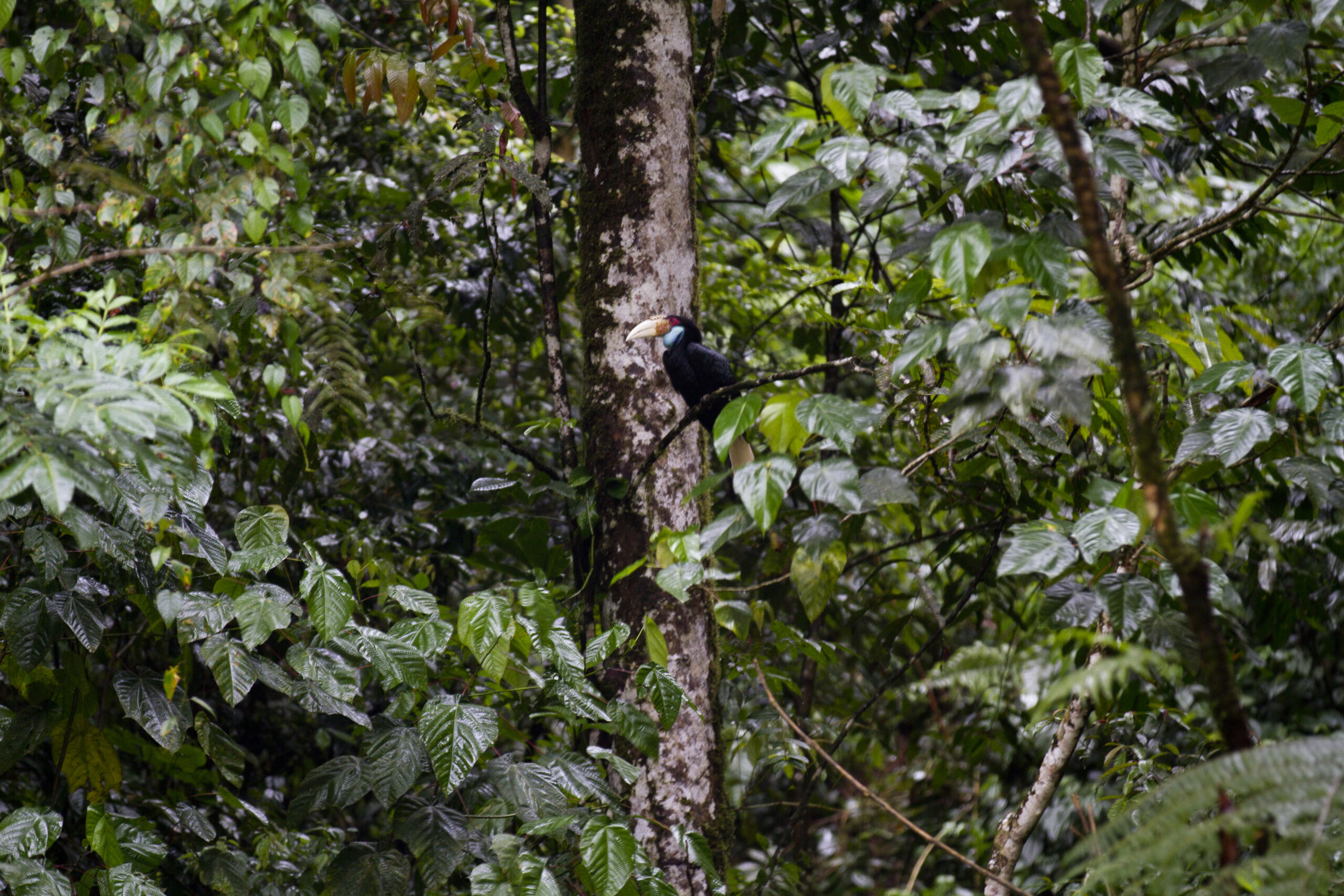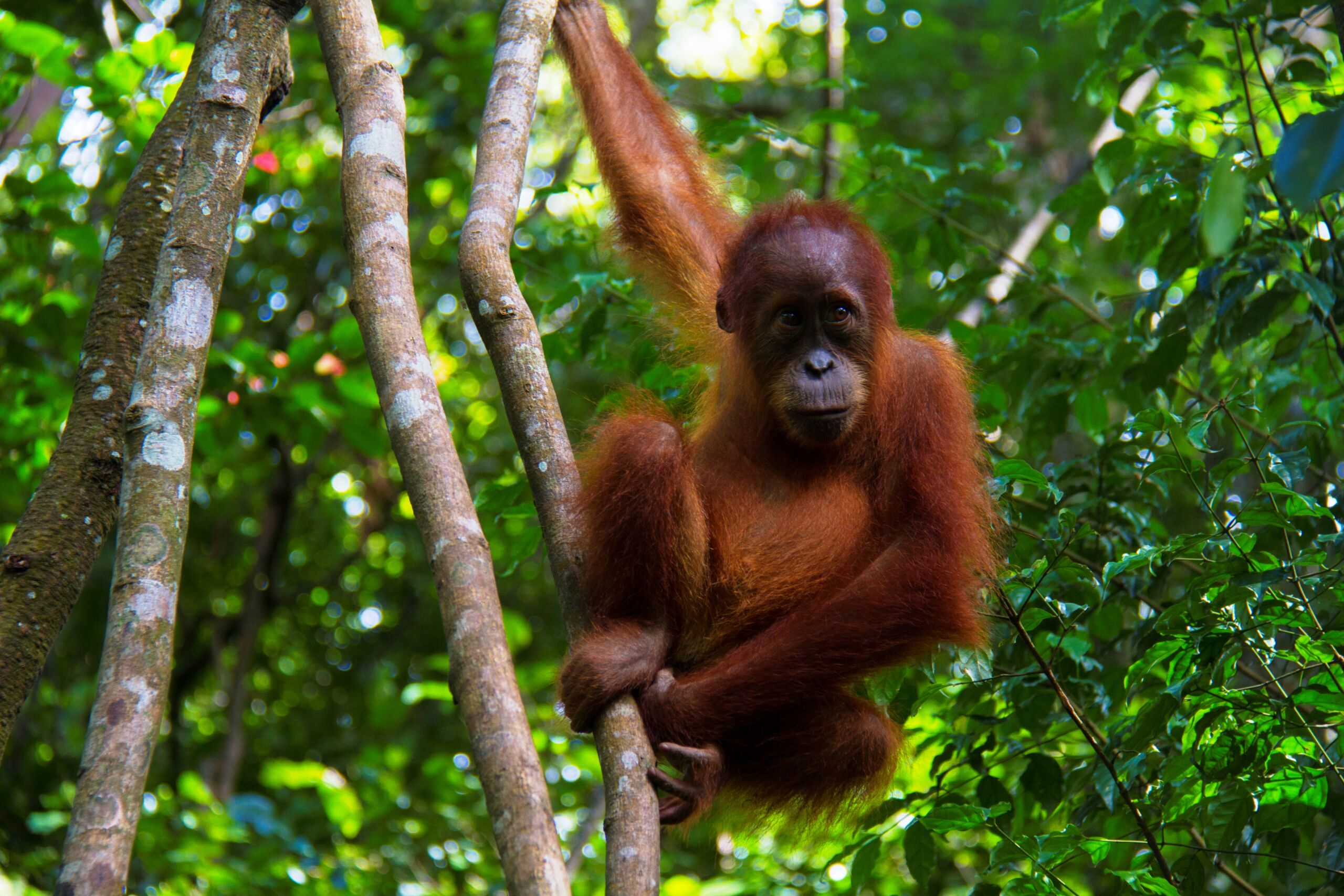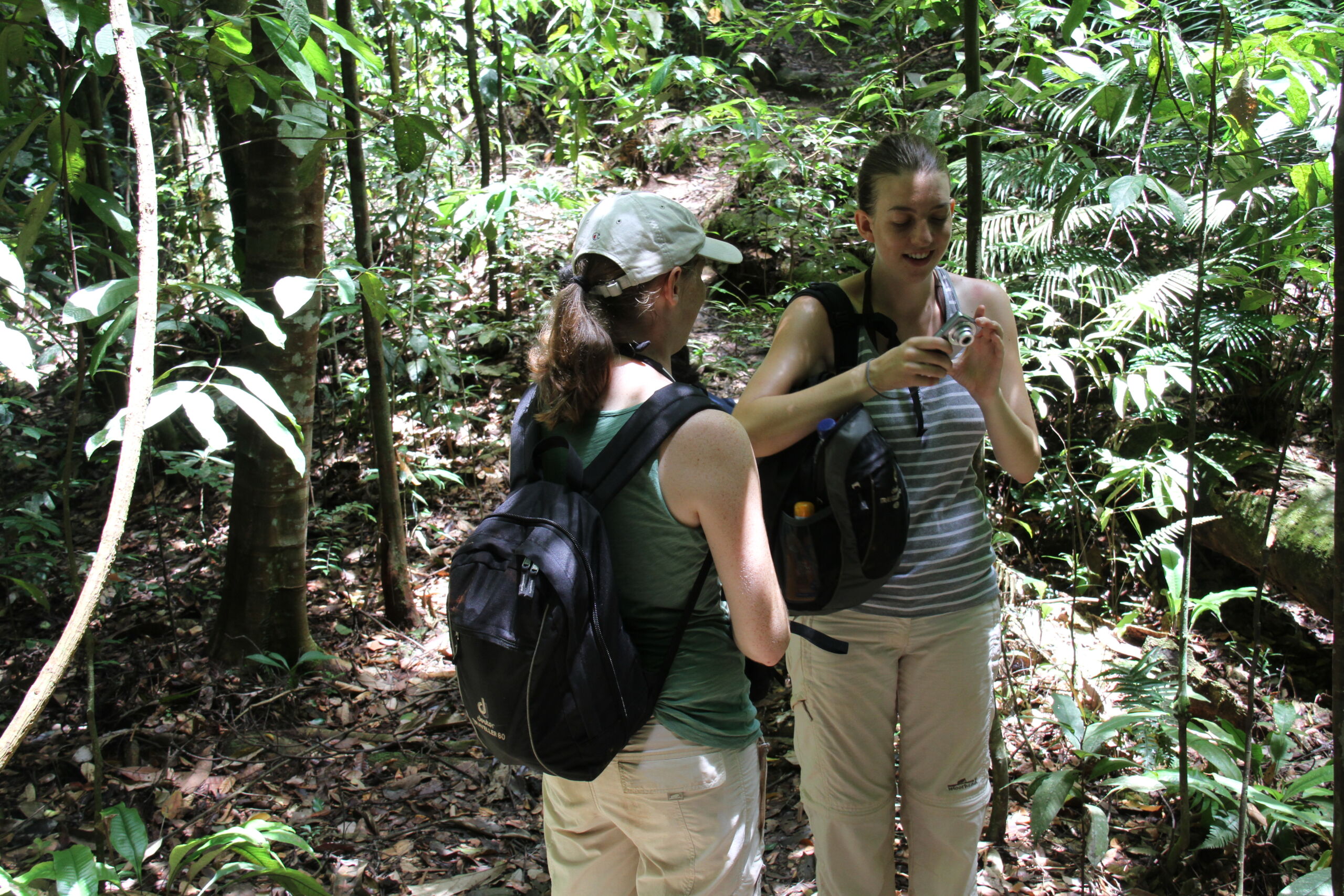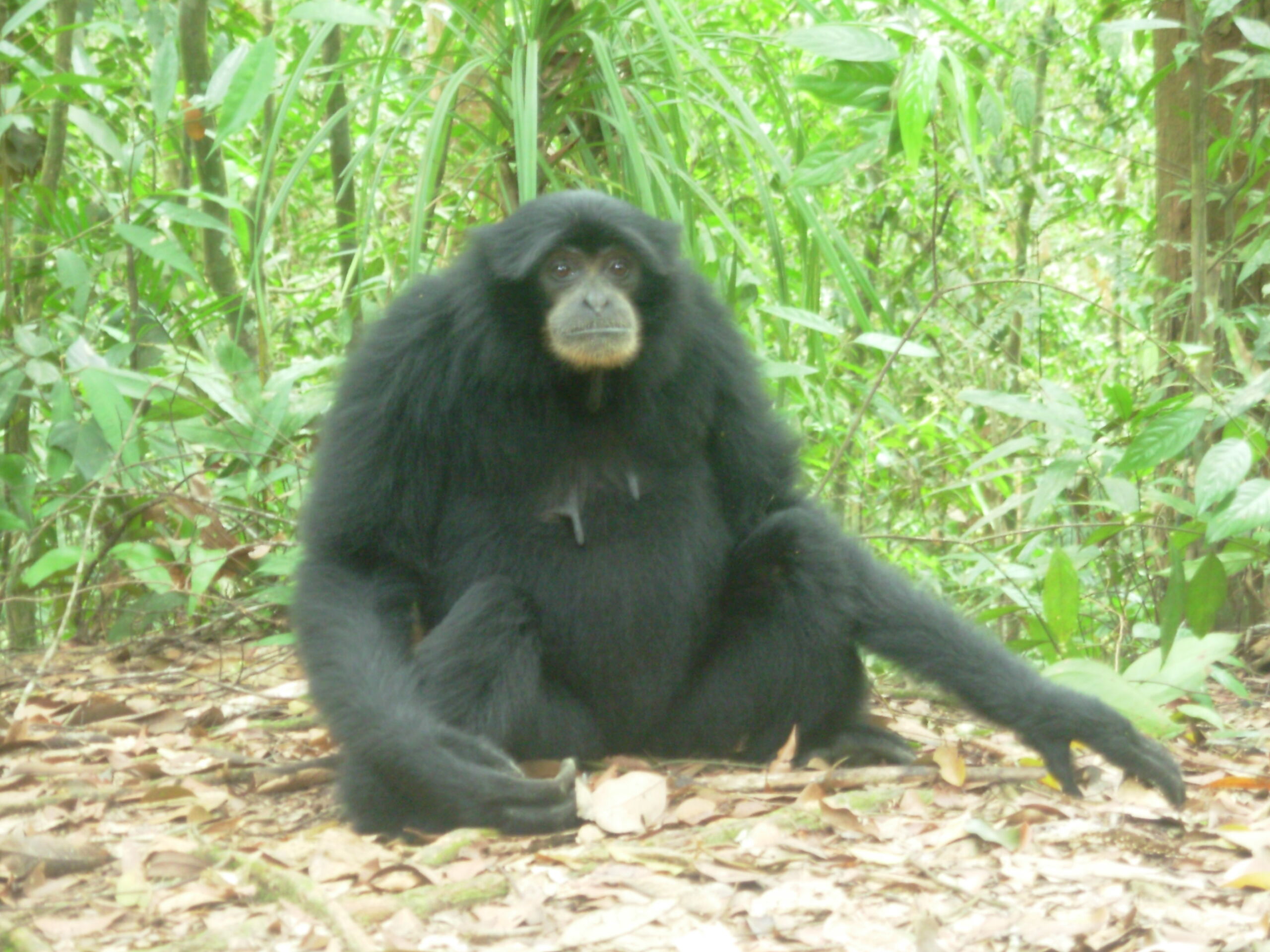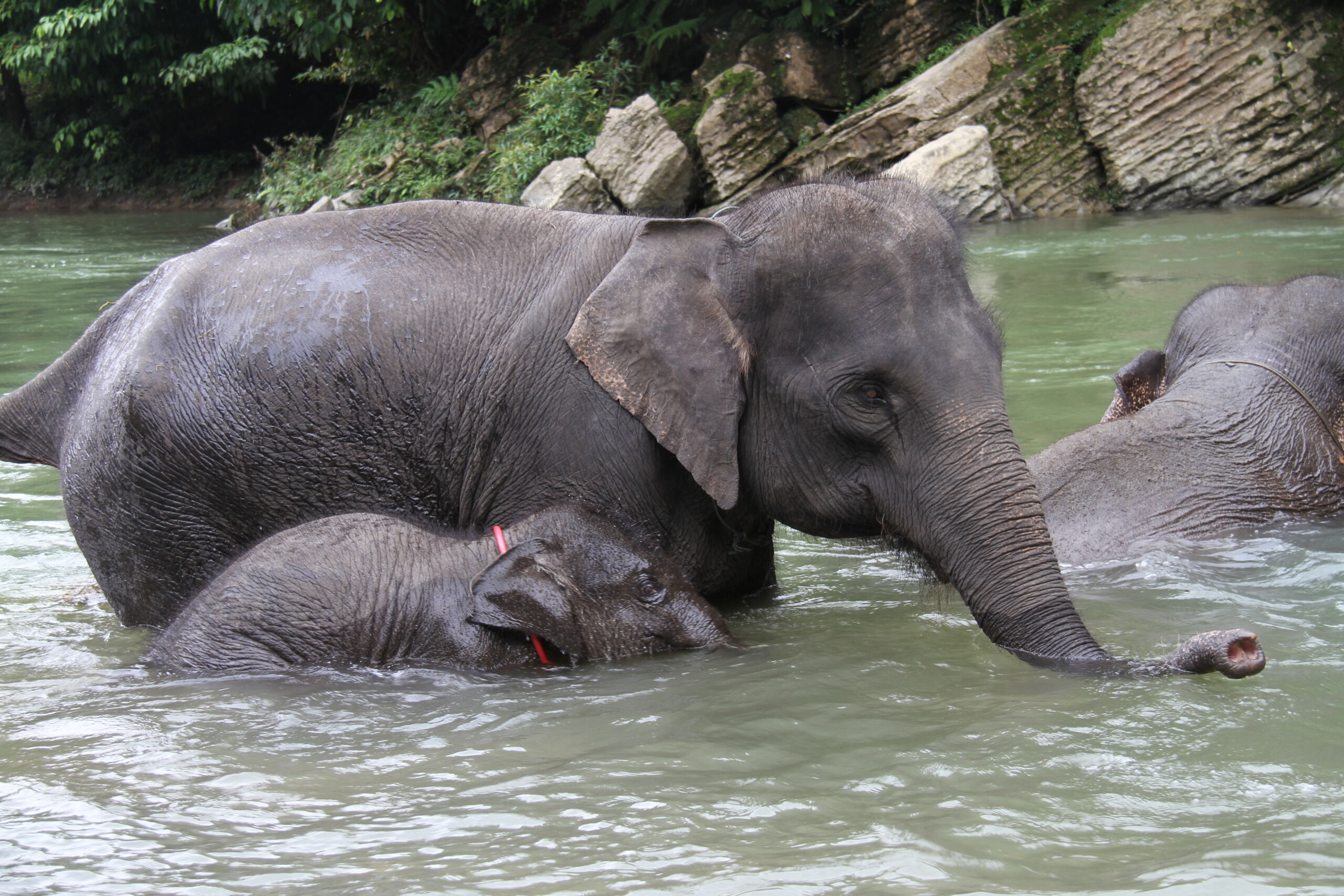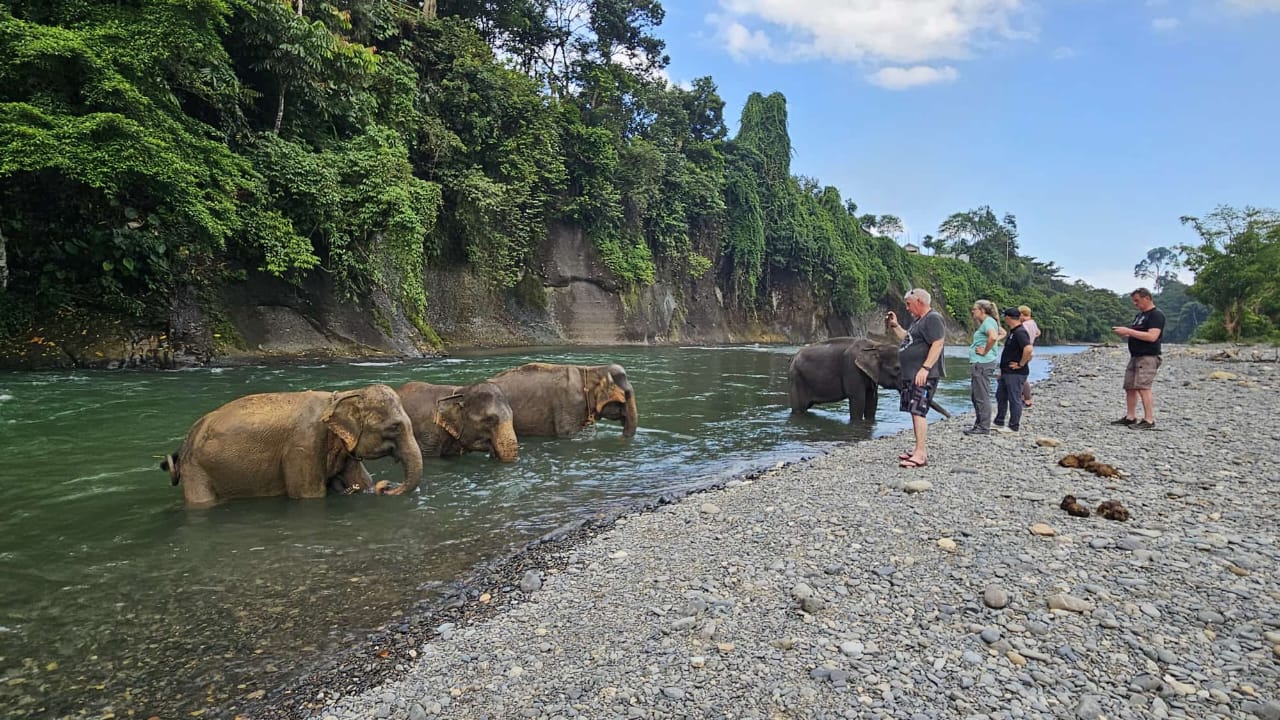Sumatran Tiger,The Last Tiger of Indonesia’s Rainforest
Introduction
The Sumatran tiger (Panthera tigris sumatrae) is one of the world’s most magnificent and critically endangered big cats.
It is found only on the island of Sumatra, Indonesia, and represents the last surviving tiger population in the country — after the extinction of the Bali and Javan tigers in the 20th century.
Smaller, darker, and more elusive than other tiger subspecies, the Sumatran tiger is perfectly adapted to the dense rainforests, swampy peatlands, and rugged mountain regions of Sumatra. Yet, despite its resilience, this rare predator is now on the edge of extinction due to deforestation, poaching, and human–wildlife conflict.
Habitat and Range
The Sumatran tiger lives exclusively on Sumatra, the largest island fully within Indonesia. Its habitat includes:
-
Lowland tropical rainforests
-
Montane (mountain) forests
-
Peat swamp forests
-
Riverine and mangrove ecosystems
These tigers are found in several key protected areas:
-
Gunung Leuser National Park (Aceh & North Sumatra)
-
Kerinci Seblat National Park (West Sumatra, Jambi, Bengkulu)
-
Bukit Barisan Selatan National Park (Lampung)
These three national parks form the Tropical Rainforest Heritage of Sumatra, a UNESCO World Heritage Site — home to the last strongholds of this elusive predator.
However, rapid deforestation for palm oil plantations, logging, and mining has reduced and fragmented the tiger’s habitat by over 50% in the last 40 years, leaving isolated populations struggling to survive.
Physical Characteristics
The Sumatran tiger is the smallest of all living tiger subspecies, a trait that helps it navigate through dense jungle vegetation.
| Feature | Description |
|---|---|
| Body Length | Males: 2.2–2.5 m (7–8 ft); Females: 2.0–2.2 m (6.5–7 ft) |
| Weight | Males: 100–140 kg (220–310 lbs); Females: 75–110 kg (165–240 lbs) |
| Coloration | Deep orange coat with thick, closely spaced black stripes |
| Unique Traits | Prominent facial ruff (males), webbed paws aiding swimming |
| Adaptations | Stealthy movement, strong night vision, excellent climbing and swimming ability |
Diet and Hunting Behavior
Sumatran tigers are carnivorous apex predators, playing a key role in maintaining ecological balance.
They primarily hunt medium to large-sized mammals, including:
-
Wild boar (Sus scrofa)
-
Sambar deer (Rusa unicolor)
-
Muntjac (barking deer)
-
Malayan tapir (Tapirus indicus)
-
Porcupines, monkeys, and smaller prey species
They are solitary hunters, moving silently through dense foliage and attacking prey with a powerful burst of speed.
Sumatran tigers are also strong swimmers, often crossing rivers and streams to chase prey — a skill few big cats share.
Behavior and Lifestyle
-
Solitary Nature: Each tiger maintains a territory marked by scent and scratch marks.
-
Activity: Mostly nocturnal, hunting at night to avoid heat and human presence.
-
Communication: Through roars, scent marking, and visual cues like scratch marks on trees.
-
Swimming & Climbing: They’re exceptional swimmers, often cooling off in rivers — a key adaptation for rainforest life.
🐾 Reproduction and Life Cycle
Sumatran tigers reach sexual maturity at around 3–4 years of age.
-
Mating Season: Year-round, though peaks may occur during the rainy season.
-
Gestation Period: ~100–110 days
-
Litter Size: 2–4 cubs
-
Cub Rearing: Cubs stay with their mothers for about 2 years before becoming independent.
Unfortunately, due to habitat loss and low population density, many females have difficulty finding mates, further threatening the population’s survival.
Ecological Role
As a top predator, the Sumatran tiger helps:
-
Regulate populations of herbivores like deer and boar
-
Prevent overgrazing of forest vegetation
-
Maintain healthy, balanced ecosystems
Without the tiger, Sumatra’s forests would face ecological collapse, affecting all species from birds to trees — even humans, who rely on forest health for clean air and water.
Threats to Survival
Despite legal protection, the Sumatran tiger faces severe threats:
1. Deforestation
Vast areas of Sumatra’s rainforest have been destroyed for palm oil plantations, logging, and agriculture.
This has caused habitat fragmentation, isolating tiger populations and increasing conflict with humans.
2. Poaching
Tigers are hunted for:
-
Skins and bones (traditional medicine and illegal trade)
-
Revenge killing (after livestock predation)
-
Trophy hunting (illegal)
Even a single poaching incident can devastate a small population.
3. Human–Wildlife Conflict
As forests shrink, tigers sometimes attack livestock or enter villages, leading to retaliatory killings.
4. Climate Change
Rising temperatures and peatland fires are destroying remaining tiger habitats, particularly lowland swamps.
Conservation Efforts
🔹 Protected Areas
The Indonesian government and conservation organizations are safeguarding populations in:
-
Leuser Ecosystem
-
Kerinci Seblat
-
Bukit Barisan Selatan
🔹 Anti-Poaching Patrols
Wildlife Protection Units conduct regular patrols to dismantle snares and prevent illegal hunting.
🔹 Community Engagement
Programs educate local communities about tiger conservation, promote eco-tourism, and reduce human–tiger conflict.
🔹 Global Conservation Initiatives
Organizations such as:
-
WWF (World Wildlife Fund)
-
Panthera
-
Fauna & Flora International
-
Leuser Ecosystem Foundation
… are working together to monitor tiger populations, restore forest corridors, and fight illegal wildlife trade.

